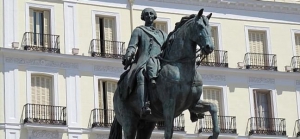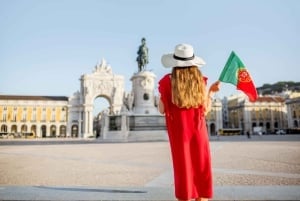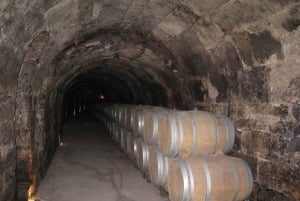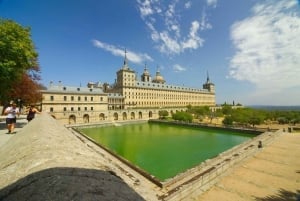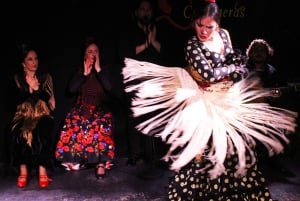History
Even though there were some vestiges of population alongside the river from prehistoric times as well as remains of some stable villages from times of the Roman Empire, the foundation itself is due to the Arabs, when they built a fortress to protect their southern territory against Christian kingdoms. From this defensive fortress the Arabs watched over mountain paths to prevent sudden attacks against Toledo. Furthermore it is believed that the name of Madrid came from the Arab word Mayrit.
The Christian King Alfonso VI conquered this fortress in 1086 and asserting his religious commitment built a church on top of the former mosque. It was the seed of Madrid´s raison d´etre.
King Philip II established the capital of the Kingdom in the city in 1561. However its real development came with King Carlos III, who transformed the city by building: palaces, large fountains, bridges, hospitals and new walking paths. Thanks to such a significant effort in developing the city, the people of Madrid gave him the honorary title of greatest mayor.
In May 1808, the people of Madrid raised up in arms against Napoleon’s troops, launching the war for independence from the French, lighting the fuse for the national revolution. After he was defeated by the British-Spanish coalition, Napoleon recognized that his biggest mistake ever was to involve Spain in his dreams to conquer Europe, and this was the beginning of his end. These episodes are shown in the works of the famous painter Goya.
In the nineteenth century the wall was demolished, and Madrid began to grow roughly to its current size. Today Madrid is a modern city of 3.4 million inhabitants, many of whom come from diverse parts of the world. The skyline of Madrid was recently modified with the construction of new skyscrapers built in the north area of the city.



